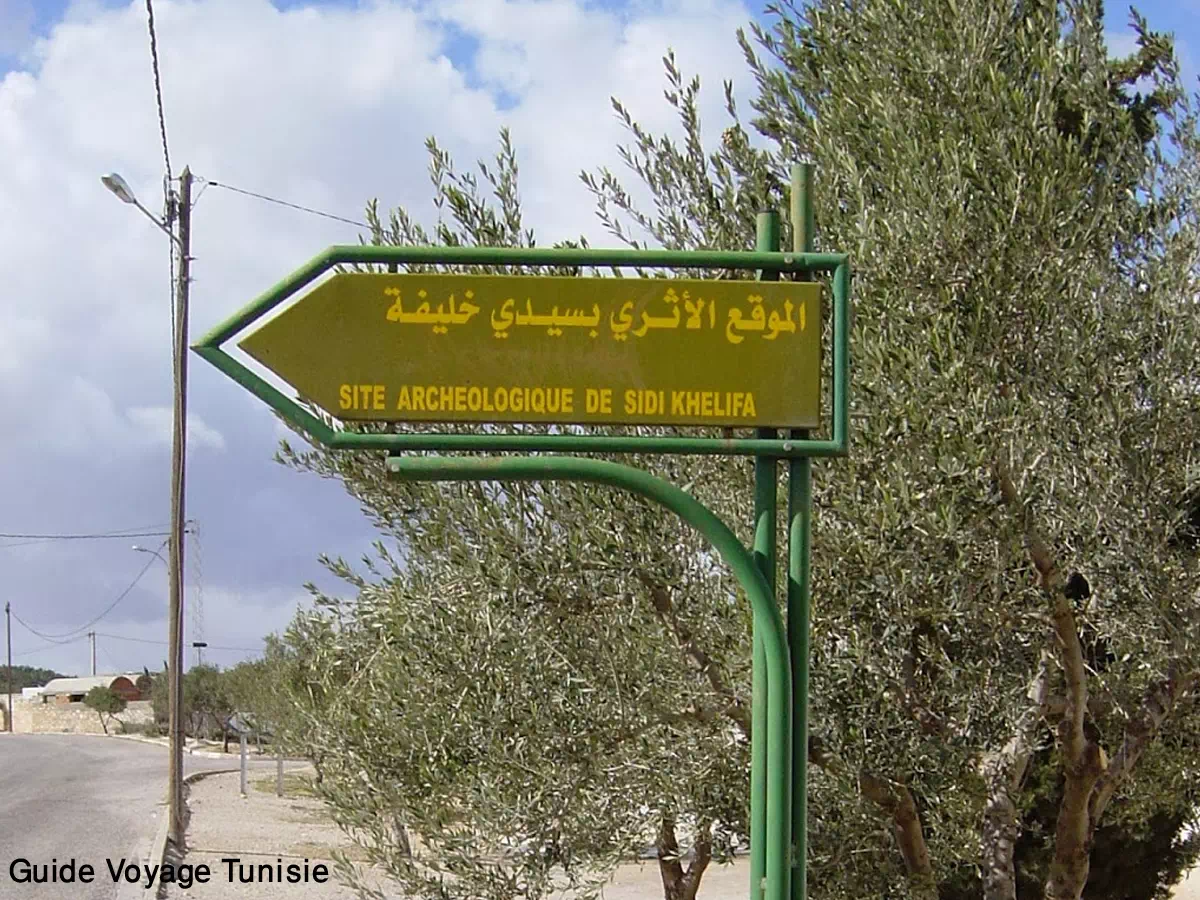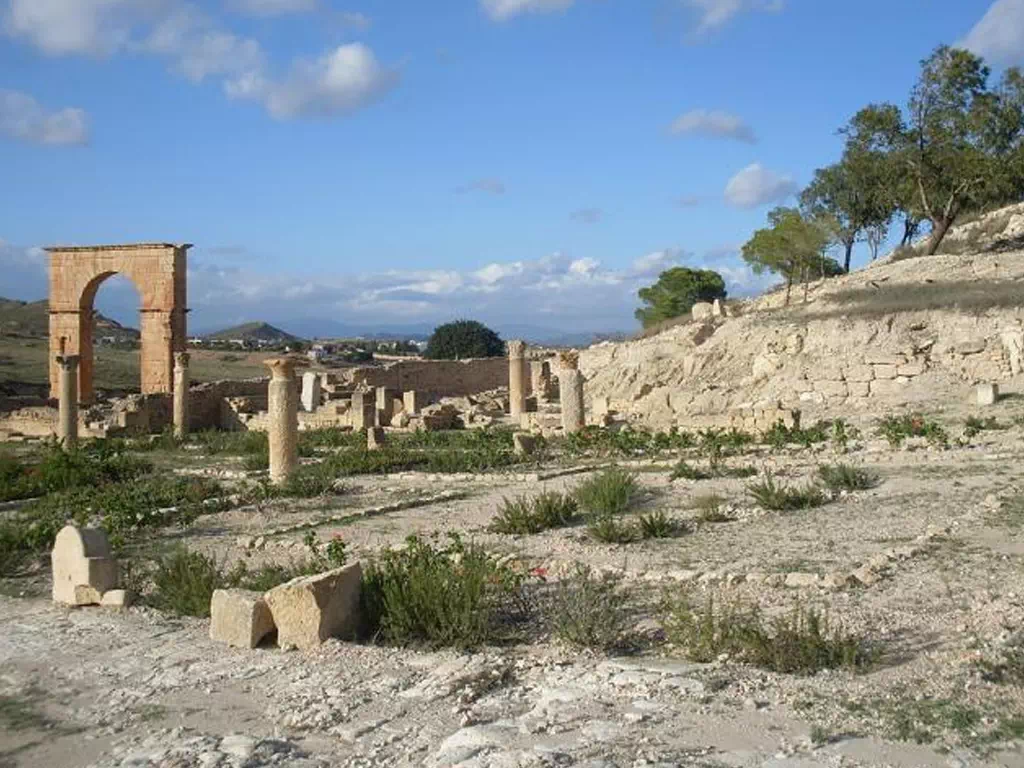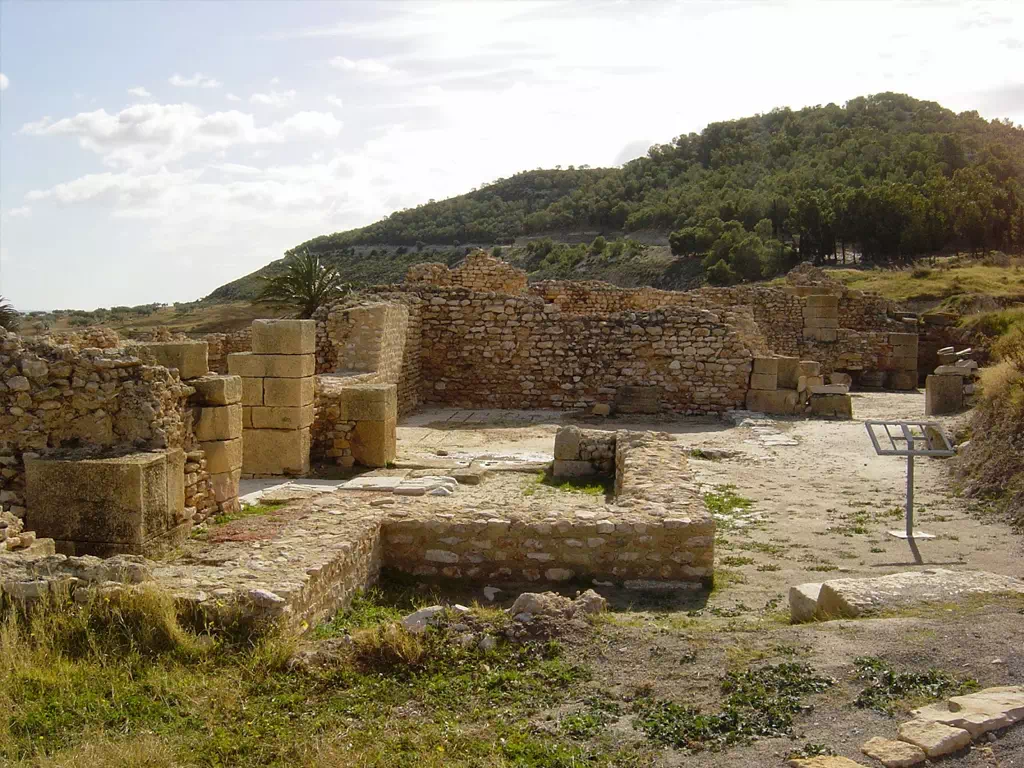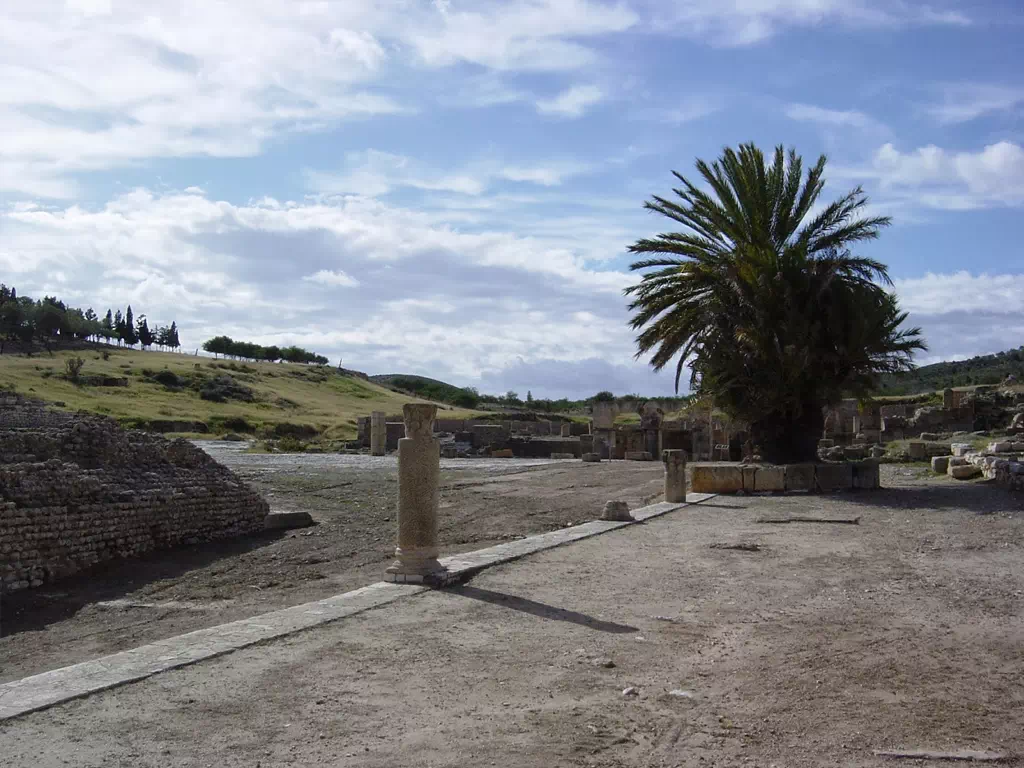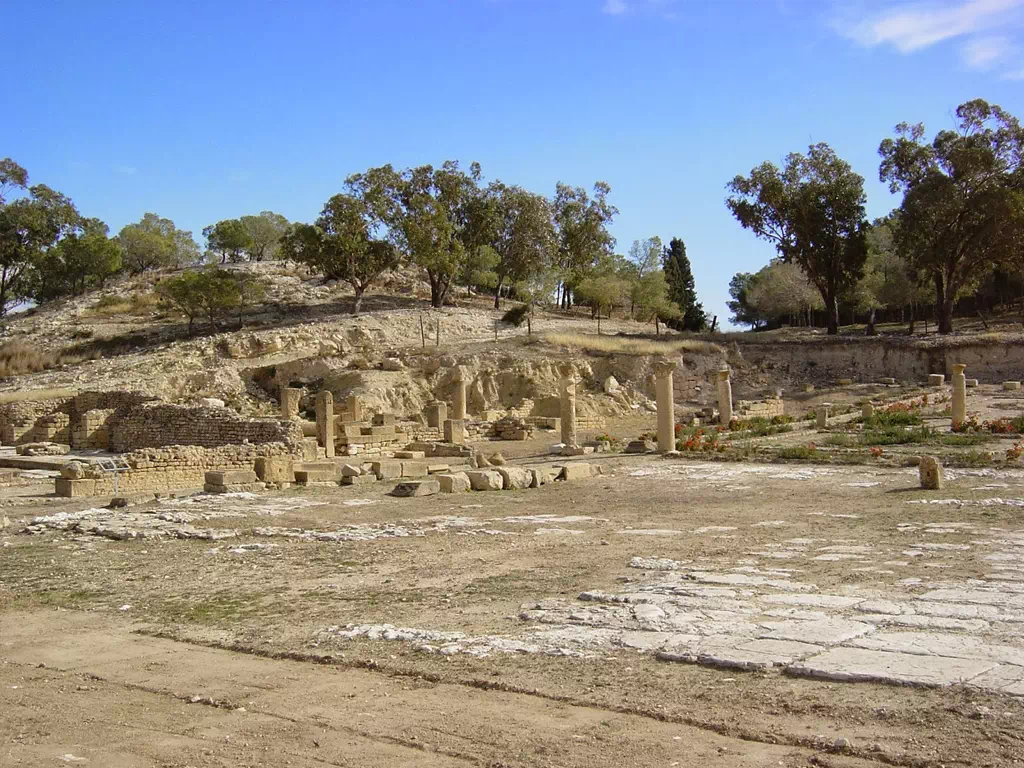Sidi Khelifa archaeological site
The Sidi Khelifa Archaeological Site is located about a hundred kilometers south of Tunis, near Bouficha, and is part of the Sousse governorate. Sidi Khelifa, a rural town, developed around the mausoleum of its patron saint, who founded it in the 19th century. In the mid-1980s, the village underwent a unique expansion using ancestral architectural techniques and local materials.
Historical Significance
The town is adjacent to an ancient site known as Pheradi Majus, with remains dating back to the 2nd and 3rd centuries. Significant finds include an intact triumphal arch providing access to a forum lined with commercial premises, a nymphaeum with water from a spring, a Capitoline temple, and thermal baths. Atop a wooded hill, a temple dedicated to Venus was later transformed into a fortress during the Byzantine era. The panoramic view extends to the sea and the Dorsale foothills.
Discoveries and Heritage
Discovered in 2003, the site of Pheradi Majus was identified through a Latin text. The text includes a dedication to Neptune Augustus for the salvation of the Roman Emperor Antoninus Pius, signed by local notable Marcus Barigbalus Pheraditanus Majus. Before its abandonment around the 12th century, Pheradi Majus became a municipality under Marcus Aurelius and later a Roman colony.
Key Monuments
Triumphal Arch and Forum
The triumphal arch leads to the forum, which is surrounded by porticos on three sides. The forum features an arch resting on two upright legs, flanked by niches for statues of deities.
Nymphaeum
A beautiful arcade with five arches marks the nymphaeum, which contains five basins. A spring gushes from the bottom of one basin, with the largest basin facilitating water evacuation to other buildings like cisterns and baths.
Thermal Baths
Excavated in 1972, the thermal baths cover approximately 500 square meters. They include a vestibule, semicircular latrines, a large hall with mosaics, a frigidarium with a mosaic-paved apse basin, a tepidarium with a rectangular basin, and a caldarium with two apses.
Religious Complex
Located 300 meters from the forum in the forest, the religious complex comprises several temples built with large stone blocks. Only the foundations remain, with two floors of rooms and vaults. The upper floor, now disappeared, had three windows facing the sea.
Market
The market is an irregular rectangle with a courtyard surrounded by a paved portico. The shops vary in size and shape, reflecting the site’s commercial activity.
Conclusion
The Sidi Khelifa Archaeological Site, with its rich history and well-preserved monuments, offers a glimpse into the architectural and cultural synthesis of the ancient world. The combination of Roman, Byzantine, and local influences makes it a unique and invaluable heritage site.
Sidi Khelifa Archaeological Site in pictures
